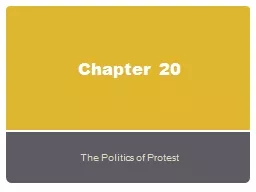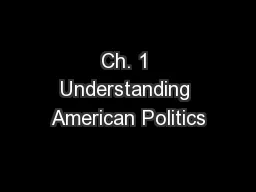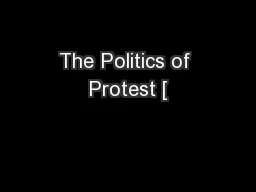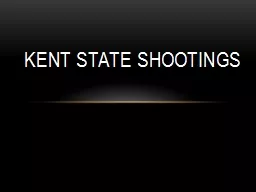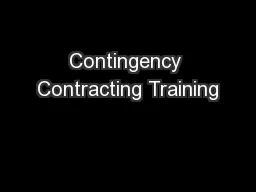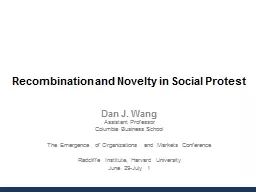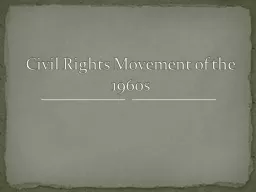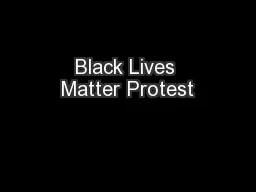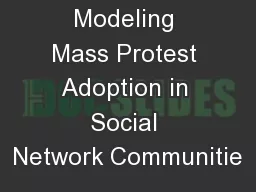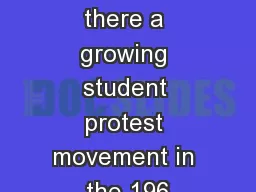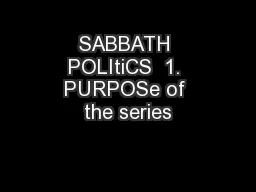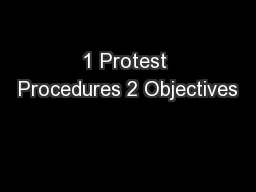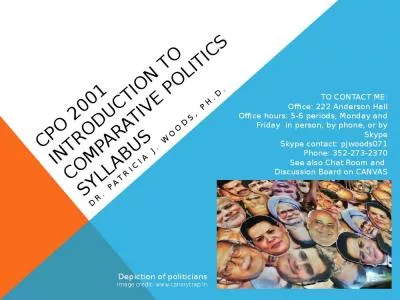PPT-Chapter 20 The Politics of Protest
Author : karlyn-bohler | Published Date : 2018-11-02
The Rise of the Youth Movement The youth movement originated with the baby boomers By 1970 58 of the population was under the age of 34 Universities had increased
Presentation Embed Code
Download Presentation
Download Presentation The PPT/PDF document "Chapter 20 The Politics of Protest" is the property of its rightful owner. Permission is granted to download and print the materials on this website for personal, non-commercial use only, and to display it on your personal computer provided you do not modify the materials and that you retain all copyright notices contained in the materials. By downloading content from our website, you accept the terms of this agreement.
Chapter 20 The Politics of Protest: Transcript
Download Rules Of Document
"Chapter 20 The Politics of Protest"The content belongs to its owner. You may download and print it for personal use, without modification, and keep all copyright notices. By downloading, you agree to these terms.
Related Documents

